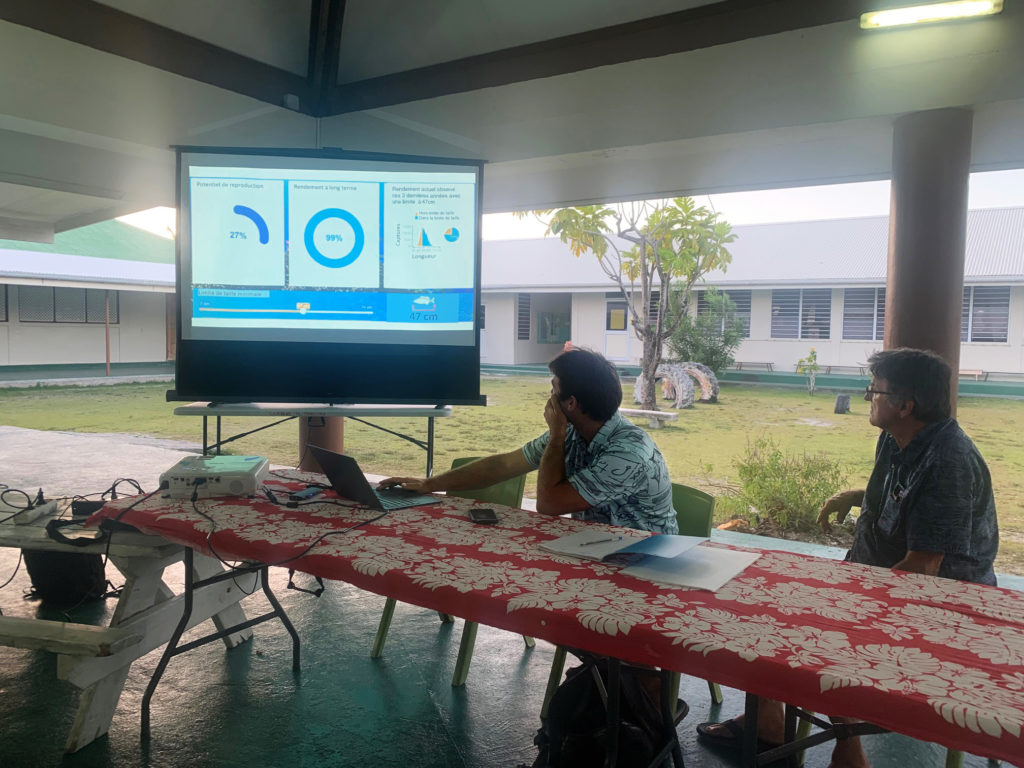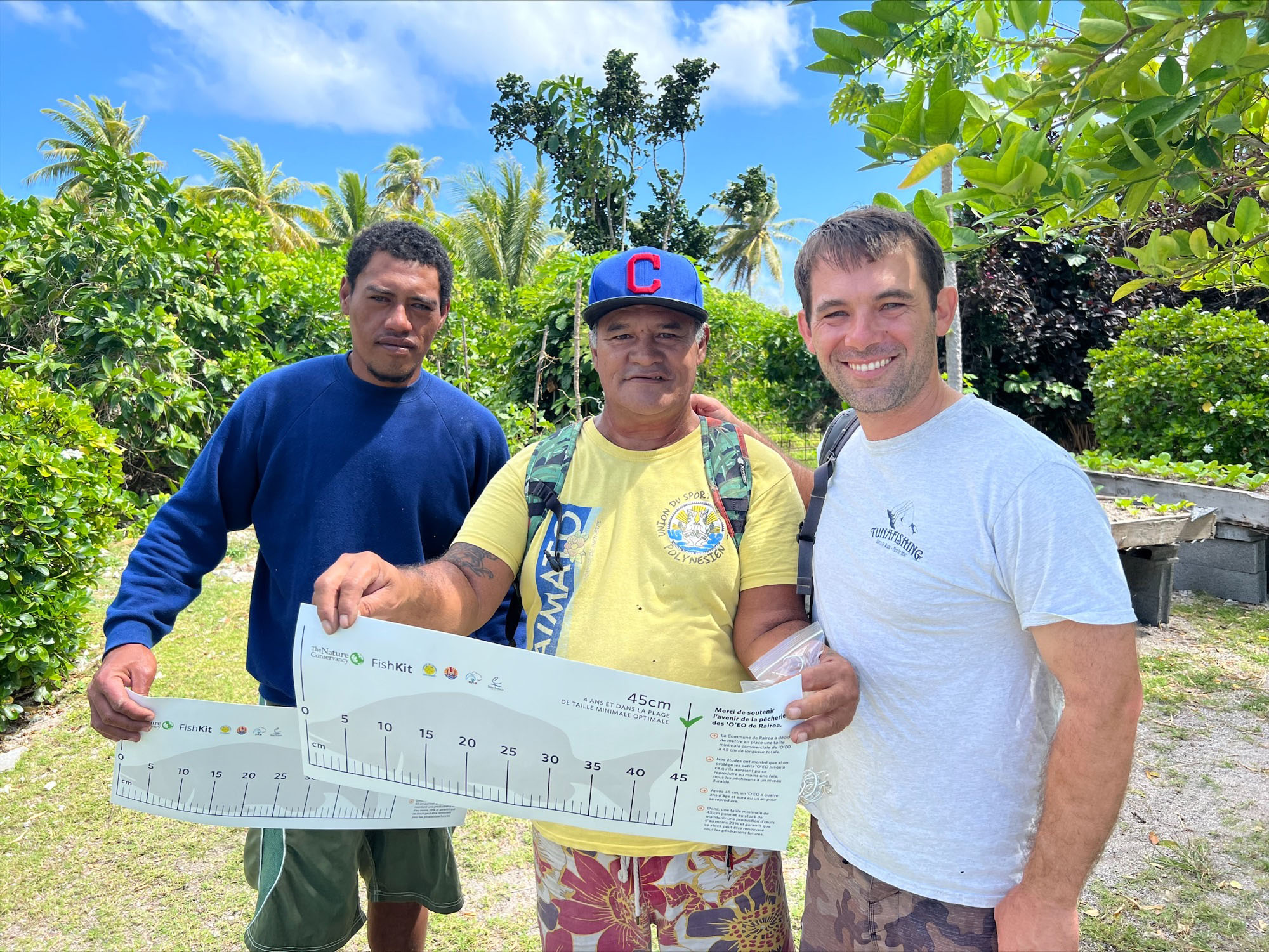Ka’ūpūlehu, Hawai’i
Supporting the development of a community-led fisheries management plan
For centuries, the coastal reefs of Kaʻūpūlehu on West Hawai’i Island have provided a sustainable source of food and cultural connections. However, increased accessibility due to resort development and road construction in the 1990s led to noticeable declines in reef fish populations. Concerned about the long-term health of their fishery, the Kaʻūpūlehu Marine Life Advisory Committee (KMLAC) launched the “Try-Wait” initiative, a 10-year moratorium on fishing to allow marine life to recover. During this period, this group of community members focused on developing a long-term plan for sustainable harvest.

TheyIn 2018, the community partnered with The Nature Conservancy (TNC) to co-create a fisheries management plan that integrates traditional knowledge with modern fisheries science. After narrowing down a set of potential management strategies—such as size limits, bag limits, and gear restrictions—the community used FishKit tools to evaluate tradeoffs and design tailored regulations. They created interactive visualizations using the Size Limit Builder and Bag Limit Builder, helping explore the projected outcomes of different approaches.

Combining these insights with local and traditional knowledge, the community developed a comprehensive management plan covering more than 40 species. The process demonstrated how FishKit can complement and strengthen community-led stewardship. The KMLAC is now conducting outreach to build public support and preparing to present the plan for government approval.
